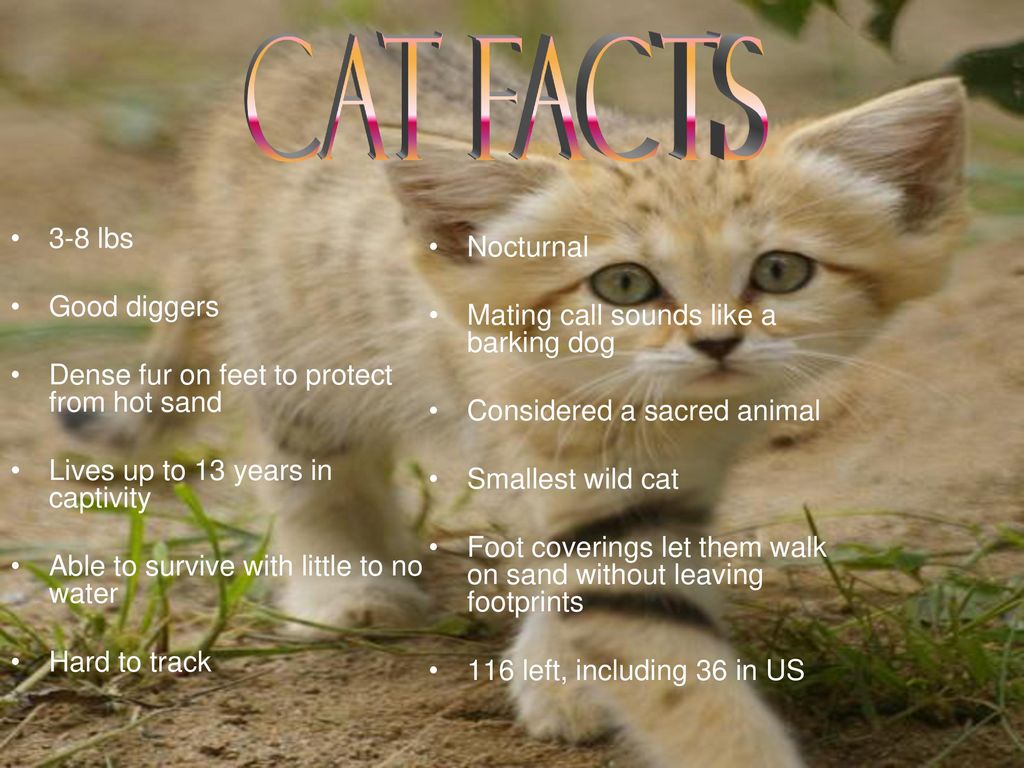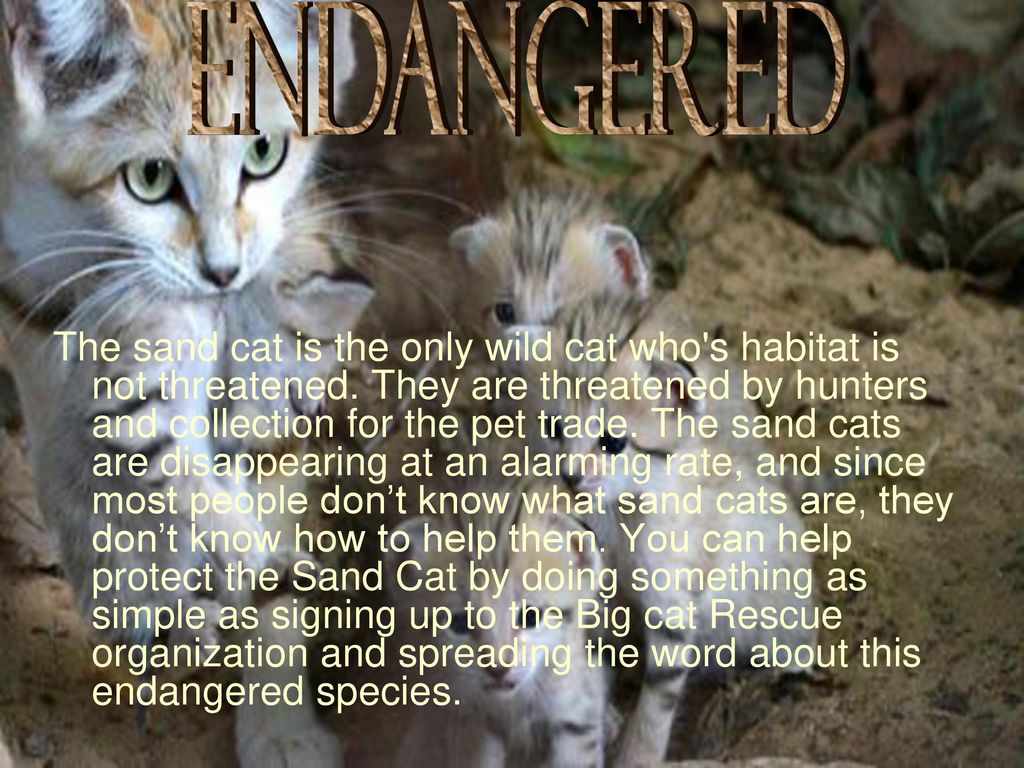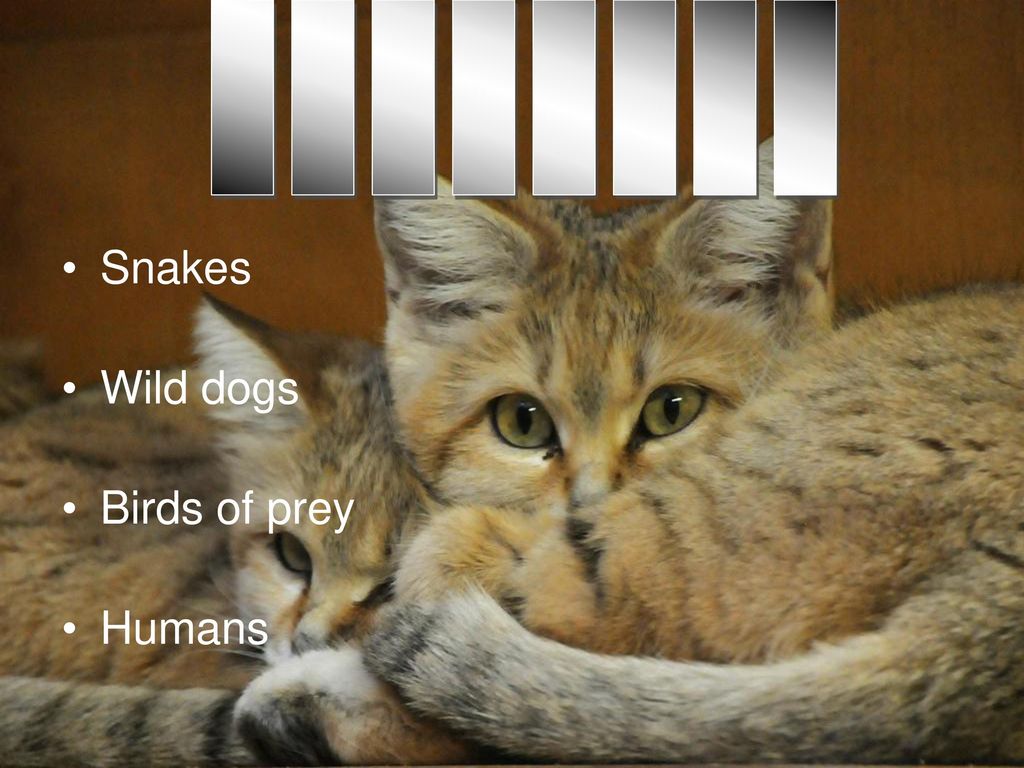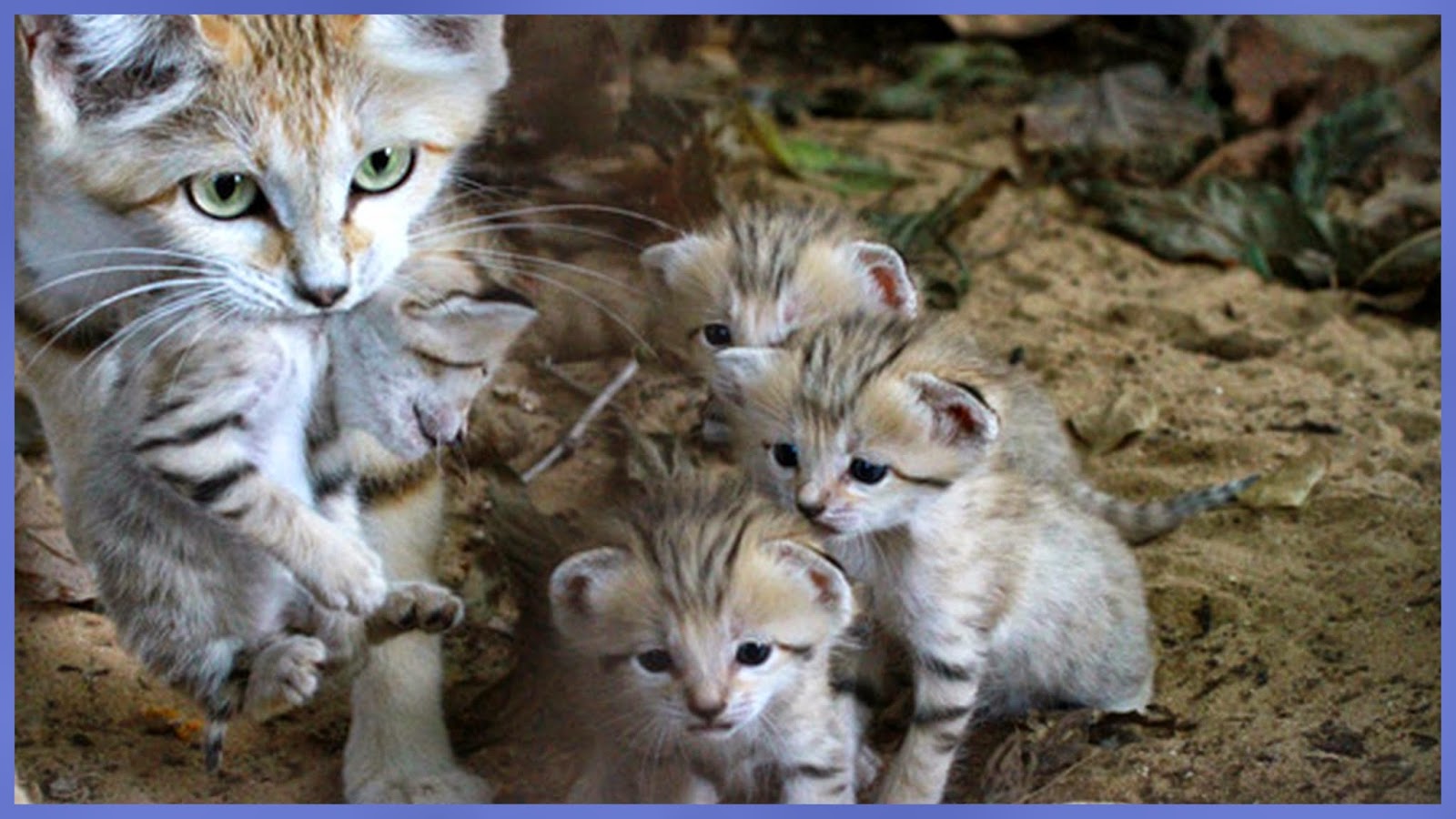Sand Cat Endangered Facts
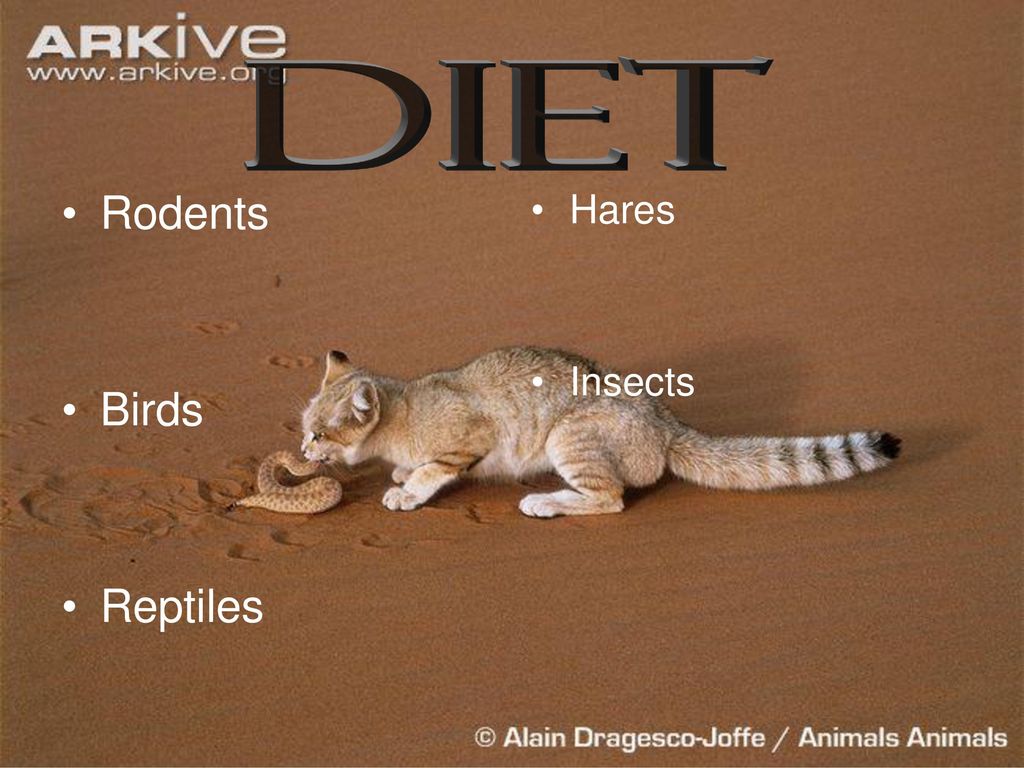
Vulnerable arid ecosystems are being rapidly degraded by human settlement and activity especially livestock grazing Allan and Warren 1993 Al-Sharhan et al.
Sand cat endangered facts. They occupy areas in the desert that has small shrubs and receive rainfall less than 20mm a year. Some are killed by humans who consider them a threat to their livestock. Traps and snares intended for other animals such as the fox.
Sand cats leave almost no footprint as they walk across the sand. A cat-sized exercise wheel. Why are sand cats endangered.
Desert ecosystems are being degraded by people. Though the Sand Cat conservation status is presently stated as the Least Concern on the IUCN Red List though the Sand Cat population is likely to be endangered. Reproduction of the Sand Cat.
Extinct in Wild EW Critically Endangered CR Endangered EN Vulnerable VU Near Threatened NT Least Concern LC Not Evaluated NE Care and Wellness. After mating the female sand cat has a gestation period of 59 67 days. Sand Cats are the most difficult to study cat breeds in the wild.
Populations of sand cats in different locations will breed at different times of year. The sand cats small mammal prey base depends on having adequate vegetation and may experience large fluctuations due to drought Sunquist and Sunquist 2002 or declines due to desertification and loss of natural vegetationOther localized threats include the introduction of feral and domestic dogs and cats creating direct competition and through predation and. Zookeepers at the North Carolina Zoo found a unique way to provide exercise for the sand cats.
The major threat to the Sand Cat being endangered is habitat degeneration. The Arid ecosystems of deserts are most vulnerable due to human developments. Humans feral domestic dogs lions jackals wild dogs venomous snakes and birds of prey hunt the sand cat.

